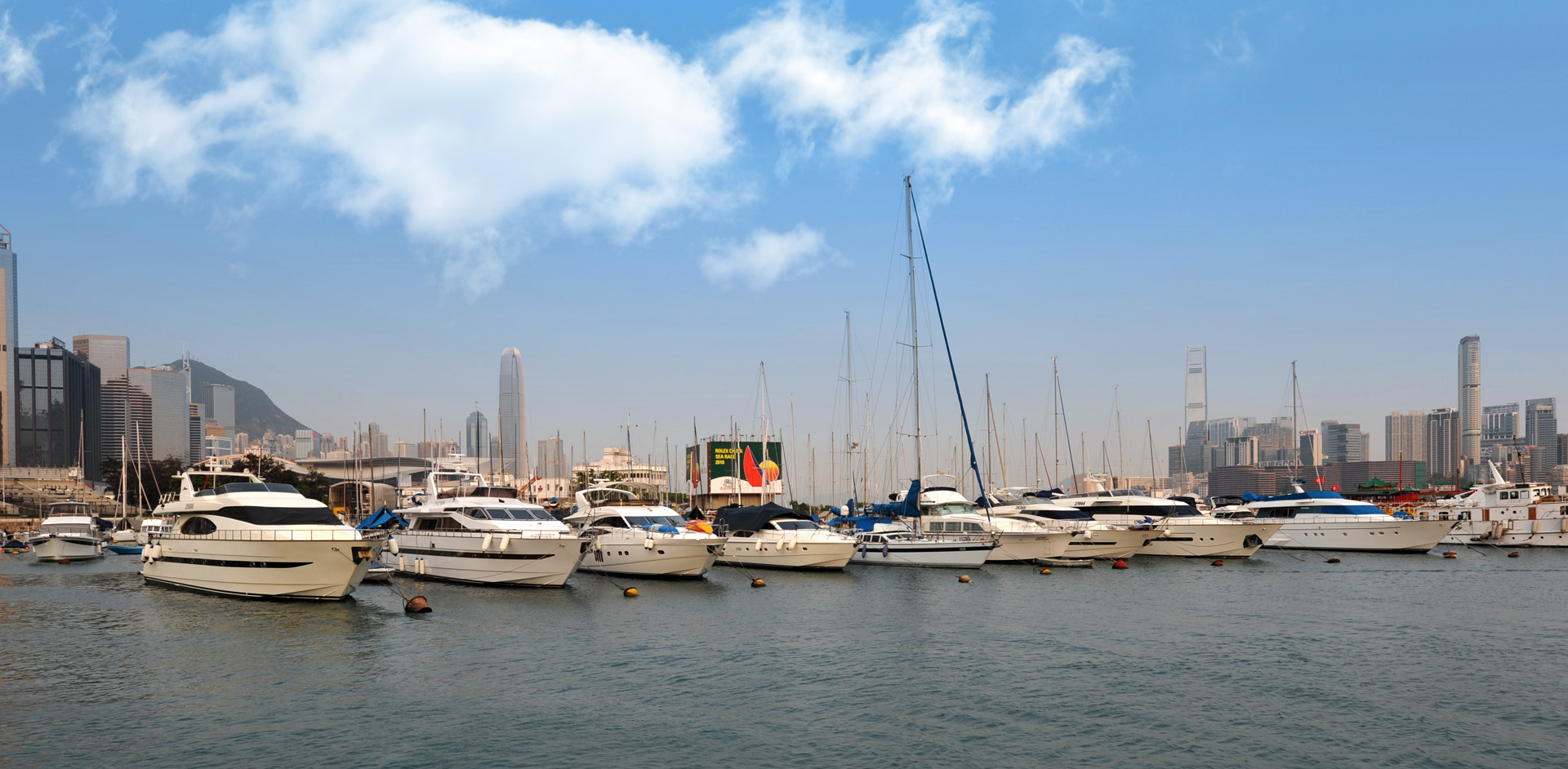Yacht Transport
Gird for the Move – Be Safe, Never Sorry
For every journey you make, how good your preparation is can make the difference. Thorough planning is the key to a desirable outcome – not only during transit, but upon arrival as well…
At CoboShip, we encourage every customer to give his boat the best possible priming. A good rule of thumb is to secure and dismantle any and all loose ends both on board and outboard, thereby turning your prized cargo into a taut, cohesive unit.
Clean your boat before anything else. Then take pictures during your preparation and list all particulars worthy of note. When the time comes for refitting, you’ll thank yourself for the due diligence done in advance. Aside from this, identify any preexisting wear and tear to forestall unnecessary complications at the receiving end.
It is best if you can handle the procedures yourself, or at least commission a qualified professional to undertake the task. Having your boat inspected by a licensed marine surveyor is also recommended. If possible, finish ahead of schedule in case transportation needs to start early due to weather conditions or other factors beyond control.
In case you’re not familiar with the gear up process, we’ve prepared the following “how-to” list to help you get started:
Priming Your Boat for Transport
- Provide us with accurate specs of your vessel in advance, because we rely on this information to allocate stowage space for your boat. On vessel weight, it should be your boat’s actual weight – not its tonnage. This information can usually be found in your boat’s stability book for “Displacement.”
- Be sure to arrange voyage insurance to sufficiently cover your vessel against anything going wrong. Make sure you understand the extent of coverage and the precautions you must take as the owner or consignor of your boat.
- Secure everything – Regardless of transport distance, secure your boat as if it were crossing an ocean. This covers everything extending beyond the hull, and anything loose that could damage – or cause damage – during the voyage. To avoid leaks and similar hazards, seal hatches with tape and latch all cabin windows from the outside. All interior cabinet doors are to be taped shut, cabin doors securely closed and exterior doors locked up.
- Check your boat for existing damages and photograph for clear documentation. For any external parts dismantled to contain overall size or to avoid damage, take pictures of their location and set-up. Securely pad, pack and store parts such as valuable electronics and anchors below deck. Large components remaining on deck must be well padded and tightly bound.
- Disconnect your batteries including anti-theft system and store the cables separately to prevent power depletion. The conserved power will come in handy after your vessel is offloaded at your destination.
- Should you prefer, shield your yacht exterior from soot, salt, etc. with shrink-wrap. If your vessel is too large for full coverage, pay special attention to the most vulnerable areas such as teak and non-skid surfaces. Also cover or apply insulator wax to all exposed stainless steel and chrome fittings. Whenever possible, detach and store your windshields below deck.
- Deliver your boat as light as possible, this means draining all fuel and water tanks. You may also want to flush and sanitize your tanks with a chlorine bleach solution. Remember to remove drain plugs from the hull and discharge residual water from the bilge. In some cases however, a measured amount of fuel may be retained for getting to and from the transport ship.
Noteworthy Particulars
- For sailing yachts, remove, furl or otherwise cover your sails. As all boats are subject to transport height requirements, the mast must be dismounted from your sailboat and shipped horizontally unless otherwise pre-arranged. Apply sufficient padding or encasements to lessen surface chafing, which is often inevitable due to journey-related vibrations.
- Be aware that on the open seas, your boat will likely experience harsher weather than it is used to. For boats with major wooden components, coat with linseed oil to keep the wood from drying out.
- Remember to bring your original registry and your boat keys (with one extra set for the Ship Master) on departure day. For international voyage, make sure you have the complete set of customs paperwork on hand.
- Remove all personal belongings from the cabin and allot secure space for storing breakables. Also clear your vessel’s lockers of any prohibited items to expedite customs clearance.
- Despite riding on a notably bigger vessel, your boat will still be subjected to the force of the ocean, so expect normal soiling and travel wear upon arrival.
With preparations well handled, your boat is now set for the move... So what will happen next? Browse through our Recent Projects to get a clearer picture.


